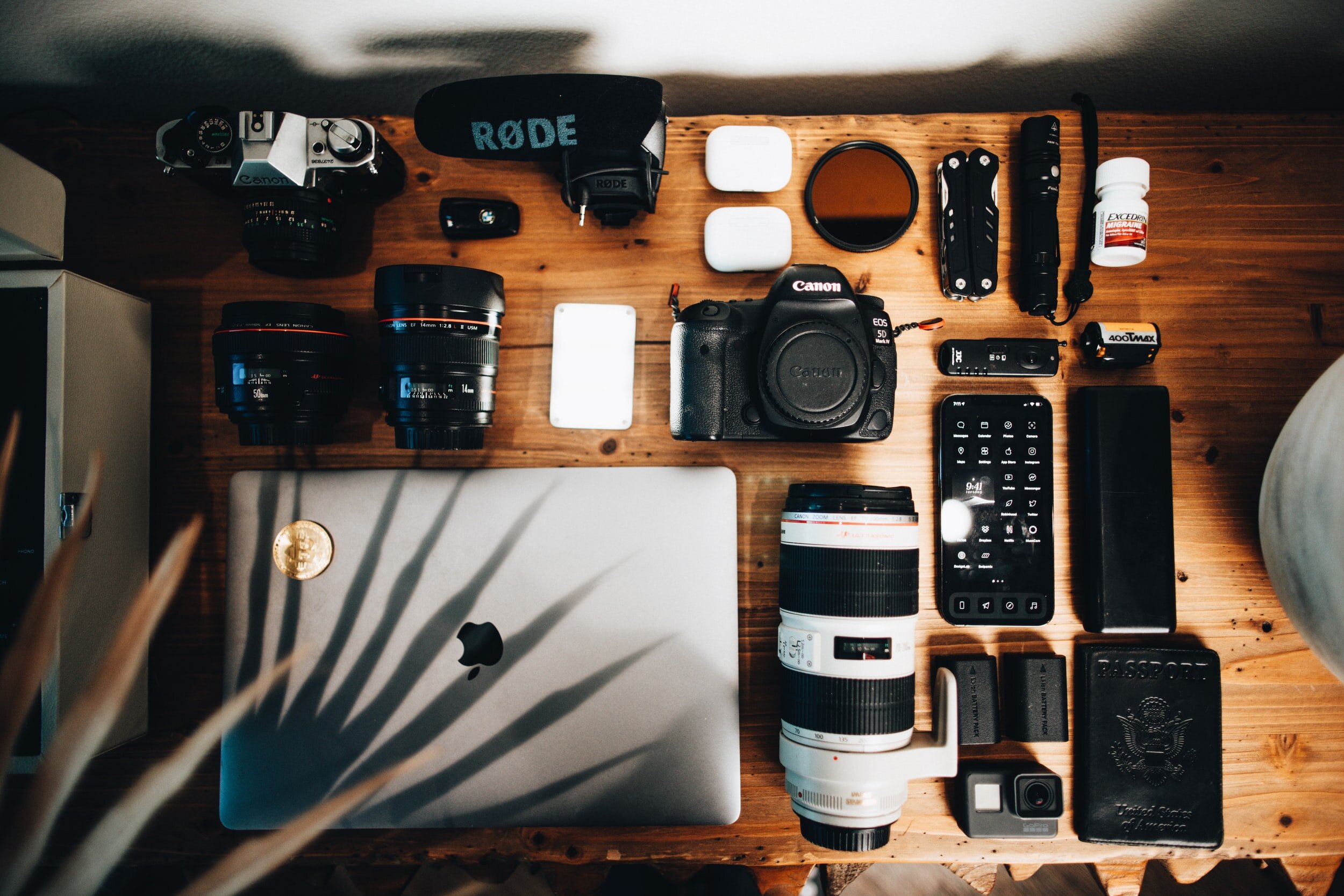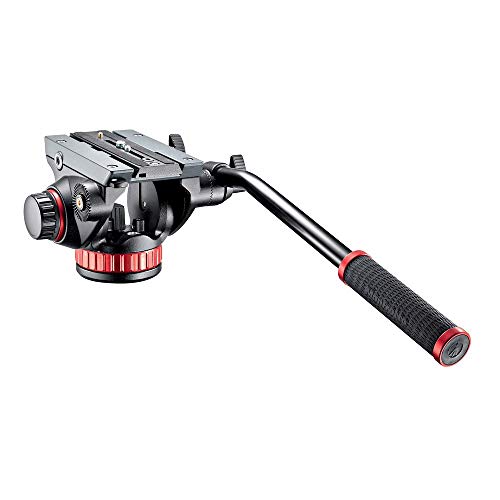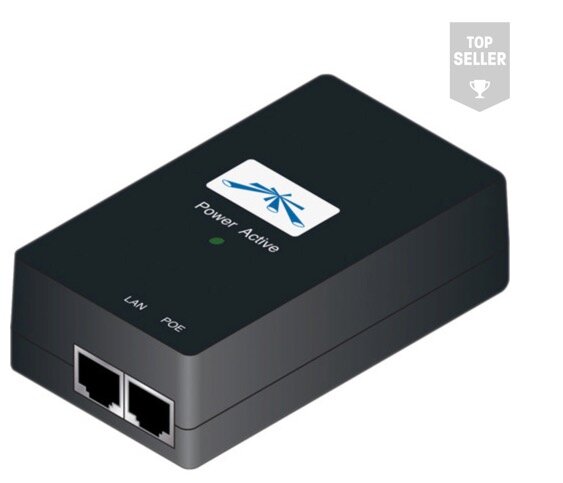
Photo/Video Products
We get many questions about the video equipment used at both of our 24/7 streaming cam setups as some want to see if they can emulate it in their back yards. As such, here is the equipment and software involved. Additionally, listed are photo/video products used in photo and video shooting in the field.
Photography Equipment
First up will be some photography equipment that I have and have had great experience using. My story is that I started with the Canon line of products, as the glass (lenses) were top of the line. My list of “L” lenses grew as I got into sports and nature photography. I moved from an EOS 20D to a EOS 1D Mark III DSLR. This was a great camera with fast shutter speed, but was a beast to carry around. I didn’t mind shooting with it in a monopod or tripod, but with telephoto lenses, the weight adds up quickly. especially as I age. Additionally, it didn’t have video capacity. I acquired a Canon G1x, but it only shoots 1080p video. While it was a great travel camera that I took to film my mission trip to Ghana in 2013, you can’t add lenses. I wanted to shrink my camera kit, get a camera that shoots 4K video (without burning up), was mirrorless small and easier on the wallet than my 1D Mark III. Enter the Sony a6400. It had a brand new processor, killer focus capability and 4K video. This is a great vlogging cam as well that is less than $1,000.
However, I had a problem. With all the dollars invested in Canon glass, how could I switch to Sony? I found a Metabones adapter that lets me use Canon glass on my Sony a6400. While not quite as fast as using Sony native glass, it is fast enough for me to still photograph birds and is my interim solution.
Update: I just learned that Canon finally came out with two relatively new mirrorless cameras to compete with the Sony camera line. How did I miss this? I am so glad as I can continue to leverage my huge investment in Canon glass (lenses). The new Canon EOS R5 & R6 cameras is Canon’s answer to the Sony A7 III & A7S(and Nikon Z6/7) competing cameras. Canon’s autofocus is deadly accurate and with the animal focus that locks on the eyes of the animals (or the human eye focus), combined with full frame coverage of the autosensors and an upgraded processor, these are serious cameras for wildlife (and general) photography. They both also shoot 4K video with the R5 able to shoot 8K! There is a lot of talk about the overheating issue and this is especially a concern for shooting in hot outdoor environments where I typically shoot. But for my uses, I don’t anticipate shooting anywhere near 30 minutes in 4K or 8K. Mine will be short segments of video combined with shooting stills. So, my plan is to purchase the Canon EOS R6, which is about $1,400 less. The R6 shares the same 20.1 MP full frame CMOS sensor and DIGIC X processor as Canon’s flagship 1 DX Mark III $6,500 camera, same frame rate shooting speeds as the more expensive R5 and even has better low light capabilities. The main difference is that the R5 shoots at 45 megapixels vs. the 20 megapixels of the R6. But I have heard that the quality of the 20 MPs is still good enough for large prints as evidenced by the 20 MP used in the 1 DX Mark III.

Videography/Vlogging Equipment














































































